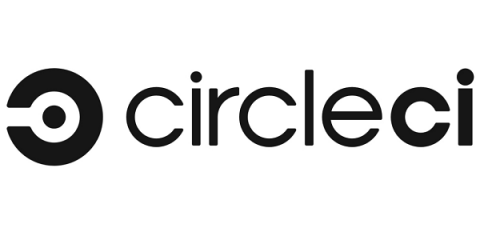Manage complex development projects by triggering pipelines from other pipelines
It is no secret that software development is becoming an increasingly complex process. The individual elements of software like apps, libraries, and services are interconnected and dependent on many other elements. Development teams deal with a whole ecosystem of services that they develop, maintain, or depend on, which in turn are dependent on other software ecosystems, maintained by separate teams. Maintaining this ecosystem is as complex as you might imagine.









